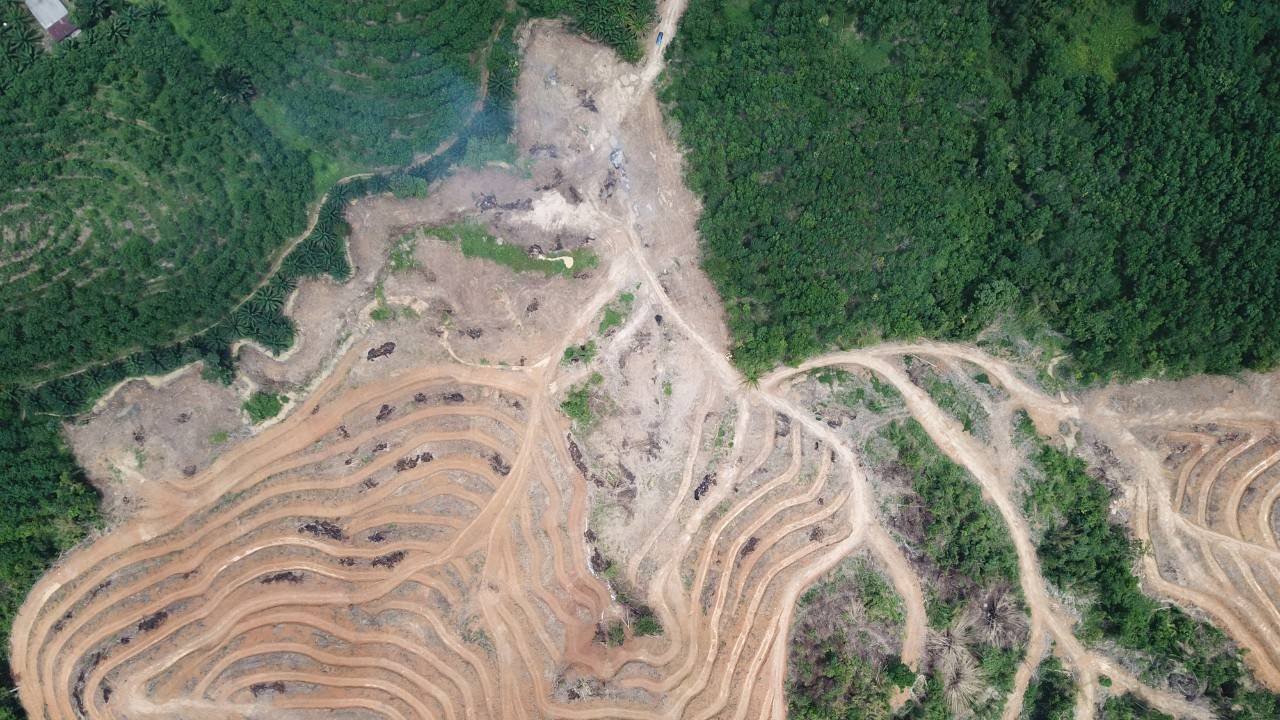In the dense expanses of the Amazonian jungle, monitoring deforestation has been a daunting task. Initially, authorities depended on reports from indigenous communities and reconnaissance flights to identify cleared areas.
However, the emergence of satellite imagery in the 1980s marked a significant advancement, albeit with limitations, as it only revealed deforestation post-occurrence. Now, a transformative shift is underway with artificial intelligence (AI) stepping into the spotlight, offering predictive insights into potential illegal deforestation zones and enabling preemptive measures.
Carlos Souza, a senior researcher at Imazon and a pivotal figure behind the AI platform PrevisIA, underscores the paradigm shift AI introduces. “When we detect deforestation with satellite data, the only thing we can do is to send the information to the authorities, and they can enforce the law, but the forest is gone,” he articulates. The proactive nature of AI, however, allows authorities to be one step ahead, potentially averting deforestation before it even begins.
The urgency for such innovative solutions is underscored by a recent report revealing a 4% surge in global deforestation in 2022 compared to the previous year, translating into a loss exceeding 6.6 million hectares. Despite a decline in tropical Asian countries, the world lags 21% behind the target to eradicate deforestation by 2030.
These findings are part of the Forest Declaration Assessment, which evaluates the progress of various pledges made by nations, corporations, and investors at pivotal gatherings like COP26.
The adoption of AI in combating deforestation extends beyond prediction. Vivian Ribeiro, a senior data scientist at the Stockholm Environment Institute (SEI), is at the forefront of using AI in Trase, a supply chain mapping initiative. Trase employs AI to meticulously identify facilities like mills and refineries linked to deforestation. The AI model, trained through machine learning, sifts through vast datasets, enhancing accuracy in pinpointing these critical facilities.
A cornerstone of this AI-driven approach is the monitoring of roads, which Souza refers to as “arteries of destruction” for forests. Historically, mapping these routes was a labor-intensive task, with Imazon spending two years manually tracing roads across the Brazilian Amazon. AI now simplifies this process, enabling the prediction of future deforestation zones based on road proximity.
This sophisticated system has demonstrated impressive accuracy, with 75% of the identified high-risk areas falling within 4km of actual deforestation sites. The technology’s success is not just in its precision but also in its appeal to diverse stakeholders. Banks, investors, and trading companies are increasingly leveraging this data for informed decision-making, balancing economic considerations with environmental stewardship.
However, AI’s role in combating deforestation isn’t limited to predicting and monitoring. Companies like Nestle are employing AI-powered tools like Starling deforestation monitoring technology to scrutinize their supply chains, ensuring sustainable practices. Similarly, the Rainforest Alliance is harnessing AI for an advanced assessment of deforestation risks, playing a pivotal role in their certification process.
While AI and satellite technology are making significant strides, ground-level innovations like polygon mapping and Rainforest Connections’ Guardian devices are enhancing the granularity and responsiveness of deforestation monitoring. Moreover, AI’s versatility extends to analyzing wood grain patterns and scouring social media for discussions around deforestation, offering comprehensive tools in the fight against this global issue.
In this multifaceted battle against deforestation, AI emerges as a beacon of hope, promising a more proactive and effective approach to preserving our planet’s vital forest resources. As Carlos Souza optimistically remarks, the technology is in place, but the real challenge lies in its effective application—a task that demands collaboration, innovation, and unwavering commitment from all stakeholders involved.
More inspiring green news similar to this:

